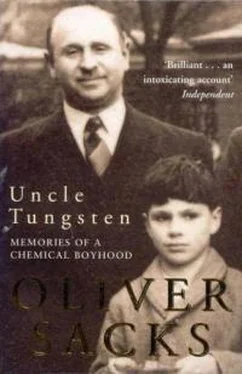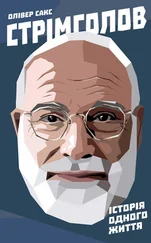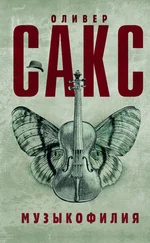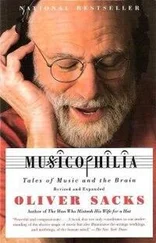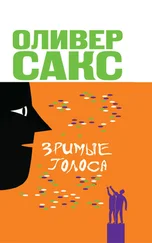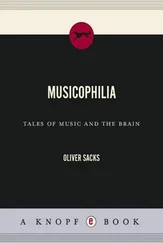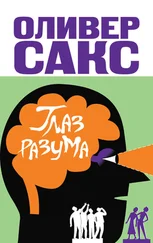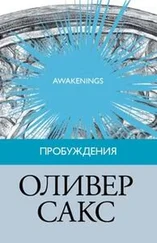* * *
On this second visit I found myself looking at the table in almost geographic terms, as a realm, a kingdom, with different territories and boundaries. Seeing the table as a geographic realm allowed me to rise above the individual elements, and see certain general gradients and trends. Metals had long been recognized as a special category of elements, and now one could see, in a single synoptic glance, how they occupied three-quarters of the realm – all of the west side, most of the south – leaving only a smallish area, mostly in the northeast, for the nonmetals. A jagged line, like Hadrian’s Wall, separated the metals from the rest, with a few ‘semimetals’, metalloids – arsenic, selenium – straddling the wall. One could see the gradients of acid and base, how the oxides of the ‘western’ elements reacted with water to form alkalis, the oxides of the ‘eastern’ elements, mostly nonmetals, to form acids. One could see, again at a glance, how the elements on either border of the realm – the alkali metals and halogens, like sodium and chlorine, for example – showed the greatest avidity for each other and combined with explosive force, forming crystalline salts with high melting points which dissolved to form electrolytes; while those in the middle formed a very different sort of compound – volatile liquids or gases which resisted electric currents. One could see, remembering how Volta and Davy and Berzelius ranked the elements into an electrical series, how the most strongly electropositive elements were all to the left, the most strongly electronegative to the right. Thus it was not just the placement of the individual elements, but trends of every sort that hit the eye when one looked at the table.
Seeing the table, ‘getting’ it, altered my life. I took to visiting it as often as I could. I copied it into my exercise book and carried it everywhere; I got to know it so well – visually and conceptually – that I could mentally trace its paths in every direction, going up a group, then turning right on a period, stopping, going down one, yet always knowing where I was. It was like a garden, the garden of numbers I had loved as a child – but unlike this, it was real, a key to the universe. I spent hours now, enchanted, totally absorbed, wandering, making discoveries, in the enchanted garden of Mendeleev. [40]
* * *
There was a photograph of Mendeleev next to the periodic table in the museum; he looked like a cross between Fagin and Svengali, with a huge mass of hair and beard and piercing, hypnotic eyes. A wild, extravagant, barbaric figure – but as romantic, in his way, as the Byronic Humphry Davy. I needed to know more of him, and to read his famous Principles , in which he had first published his periodic table.
His book, his life, did not disappoint me. He was a man of encyclopedic interests. He was also a music lover and a close friend of Borodin (who was also a chemist). And he was the author of the most delightful and vivid chemistry text ever published, The Principles of Chemistry . [41]
Like my own parents, Mendeleev had come from a huge family – he was the youngest, I read, of fourteen children. His mother must have recognized his precocious intelligence, and when he reached fourteen, feeling that he would be lost without a proper education, she walked thousands of miles from Siberia with him – first to the University of Moscow (from which, as a Siberian, he was barred) and then to St. Petersburg, where he got a grant to train as a teacher.
(She herself, apparently, nearing sixty at the time, died from exhaustion after this prodigious effort. Mendeleev, profoundly attached to her, was later to dedicate the Principles to her memory.)
Even as a student in St. Petersburg, Mendeleev showed not only an insatiable curiosity, but a hunger for organizing principles of all kinds. Linnaeus, in the eighteenth century, had classified animals and plants, and (much less successfully) minerals, too. Dana, in the 1830 s, had replaced the old physical classification of minerals with a chemical classification of a dozen or so main categories (native elements, oxides, sulphides, and so on). But there was no such classification for the elements themselves, and there were now some sixty elements known. Some elements, indeed, seemed almost impossible to categorize. Where did uranium go, or that puzzling, ultralight metal, beryllium? Some of the most recently discovered elements were particularly difficult – thallium, for example, discovered in 1862, was in some ways similar to lead, in others to silver, in others to aluminium, and in yet others to potassium.
It was nearly twenty years from Mendeleev’s first interest in classification to the emergence of his periodic table in 1869. This long pondering and incubation (so similar, in a way, to Darwin’s before he published On the Origin of Species ) was perhaps the reason why, when Mendeleev finally published his Principles , he could bring a vastness of knowledge and insight far beyond any of his contemporaries – some of them also had a clear vision of periodicity, but none of them could marshal the overwhelming detail he could.
Mendeleev described how he would write the properties and atomic weights of the elements on cards and ponder and shuffle these constantly on his long railway journeys through Russia, playing a sort of patience or (as he called it) ‘chemical solitaire’, groping for an order, a system that might bring sense to all the elements, their properties and atomic weights.
There was another crucial factor. There had been considerable confusion, for decades, about the atomic weights of many elements. It was only when this was cleared up finally, at the Karlsruhe conference in 1860, that Mendeleev and others could even think of achieving a full taxonomy of the elements. Mendeleev had gone to Karlsruhe with Borodin (this was a musical as well as a chemical journey, for they stopped at many churches en route, trying out the local organs for themselves). With the old, pre-Karlsruhe atomic weights one could get a sense of local triads or groups, but one could not see that there was a numerical relationship between the groups themselves. [42]Only when Cannizzaro showed how reliable atomic weights could be obtained and showed, for example, that the proper atomic weights for the alkaline earth metals (calcium, strontium, and barium) were 40, 88, and 137 (not 20, 44, and 68, as formerly believed) did it become clear how close these were to those of the alkali metals – potassium, rubidium, and cesium. It was this closeness, and in turn the closeness of the atomic weights of the halogens – chlorine, bromine, and iodine – which incited Mendeleev, in 1868, to make a small grid juxtaposing the three groups:
| CI |
35.5 |
K |
39 |
Ca |
40 |
| Br |
80 |
Rb |
85 |
Sr |
88 |
| I |
127 |
Cs |
133 |
Ba |
137 |
And it was at this point, seeing that arranging the three groups of elements in order of atomic weight produced a repetitive pattern – a halogen followed by an alkali metal, followed by an alkaline earth metal – that Mendeleev, feeling this must be a fragment of a larger pattern, leapt to the idea of a periodicity governing all the elements – a Periodic Law.
Mendeleev’s first small table had to be filled in, and then extended in all directions, as if filling up a crossword puzzle; this in itself required some bold speculations. What element, he wondered, was chemically allied with the alkaline earth metals, yet followed lithium in atomic weight? No such element apparently existed – or could it be beryllium, usually considered to be trivalent, with an atomic weight of 14.5? What if it was bivalent instead, with an atomic weight, therefore, not of 14.5 but 9? Then it would follow lithium and fit into the vacant space perfectly.
Читать дальше
